The legend of ghost snakes has captivated the imagination of wildlife enthusiasts, cryptozoologists, and folklore lovers for generations. These elusive, pale-coloured serpents, with their seemingly supernatural abilities to appear and disappear, have sparked countless debates about their existence. From whispered campfire tales to alleged sightings in remote wilderness areas, ghost snakes occupy a curious position between myth and reality. This article explores the fascinating world of ghost snakes, separating fact from fiction while examining both the biological possibilities and cultural significance of these mysterious creatures.
The Origin of Ghost Snake Legends
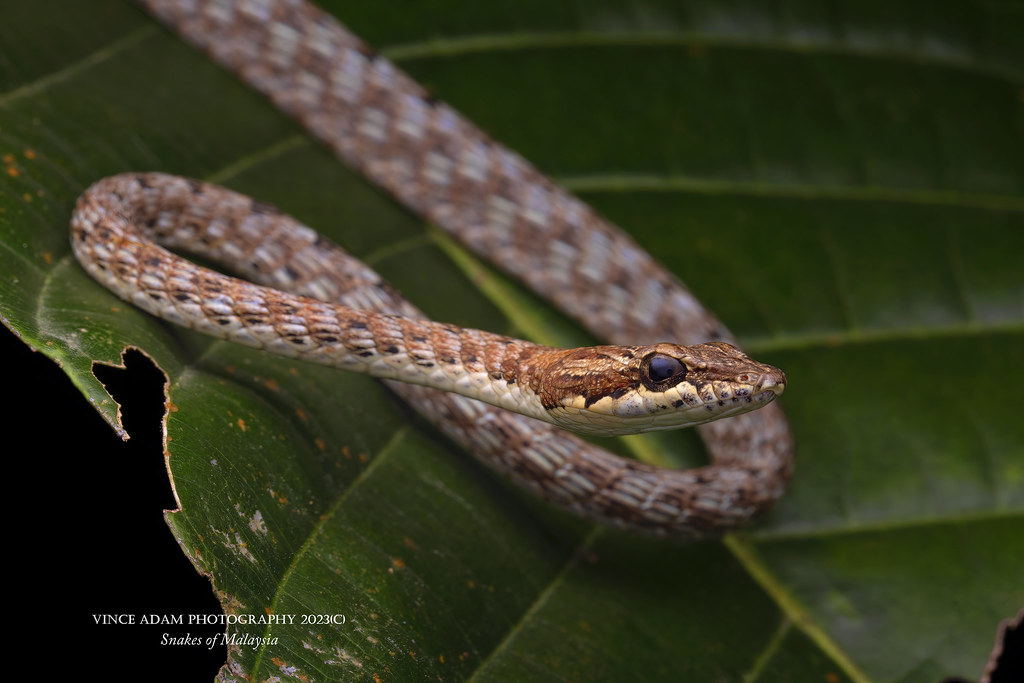
Ghost snake stories originate from diverse cultural backgrounds across multiple continents, suggesting a universal human fascination with pale or translucent serpents. Many indigenous cultures in North America speak of sacred white serpents that move between the physical and spiritual realms, serving as messengers between worlds. In parts of Southeast Asia, particularly Thailand and Cambodia, local legends tell of pale serpents that bring either tremendous fortune or terrible misfortune to those who encounter them. These cross-cultural similarities indicate that ghost snake legends likely developed independently in response to rare but genuine encounters with unusually colored snakes, combined with the natural human tendency to attribute supernatural qualities to uncommon natural phenomena.
Scientific Explanations for “Ghost Snake” Sightings

From a scientific perspective, most ghost snake sightings can be attributed to several biological realities rather than paranormal phenomena. Albinism and leucism, genetic conditions that result in reduced pigmentation, occur naturally in many snake species, creating specimens that appear white, pale yellow, or translucent. Additionally, some snakes naturally possess lighter coloration as an evolutionary adaptation, particularly those living in sandy or limestone-rich environments. The shed skin of snakes, which appears pale and translucent, can also be mistaken for a ghost snake when found intact. Scientists also point to the occasional discovery of previously unknown or rare snake species with unusual coloration as another rational explanation for ghost snake reports.
The Madagascar Ghost Snake: A Real Scientific Discovery
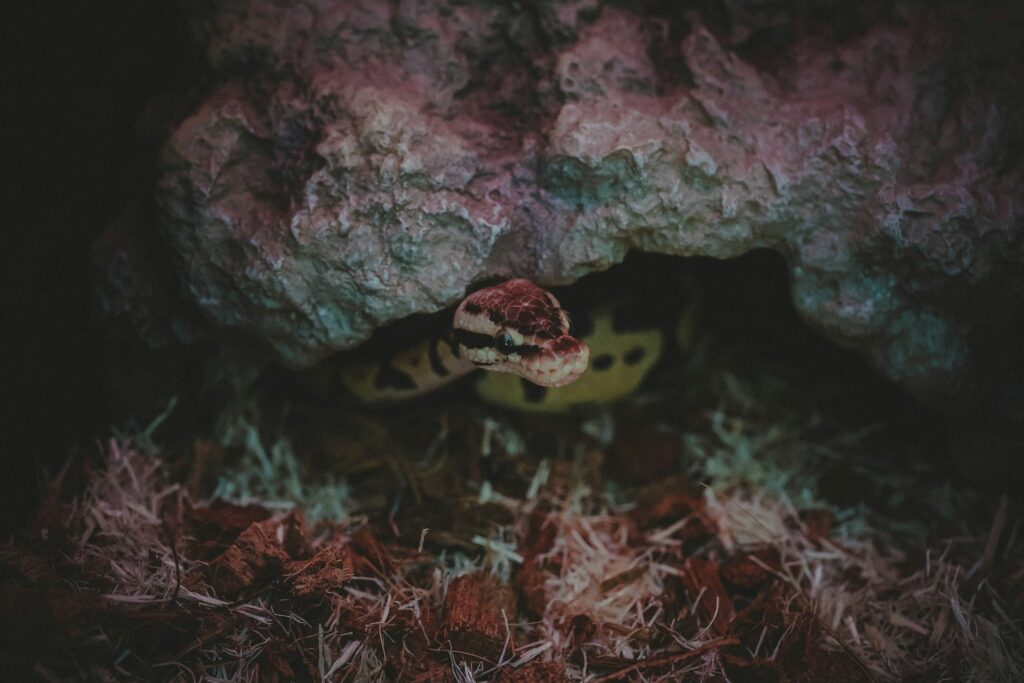
In 2016, researchers from the American Museum of Natural History announced the discovery of a new species officially named Madagascarophis lolo, or the Madagascar ghost snake. This snake earned its spectral nickname due to its pale gray coloration and elusive nature, typically only emerging after dark. Found in the limestone karst formations of northern Madagascar, this snake represents a perfect example of how legitimate scientific discoveries can intersect with folkloric elements. The Madagascar ghost snake demonstrates that new snake species continue to be discovered, particularly in remote or understudied regions, lending some credibility to the notion that unusual snakes reported in sightings might occasionally represent undocumented species rather than misidentifications or hoaxes.
Albinism and Leucism in Snakes
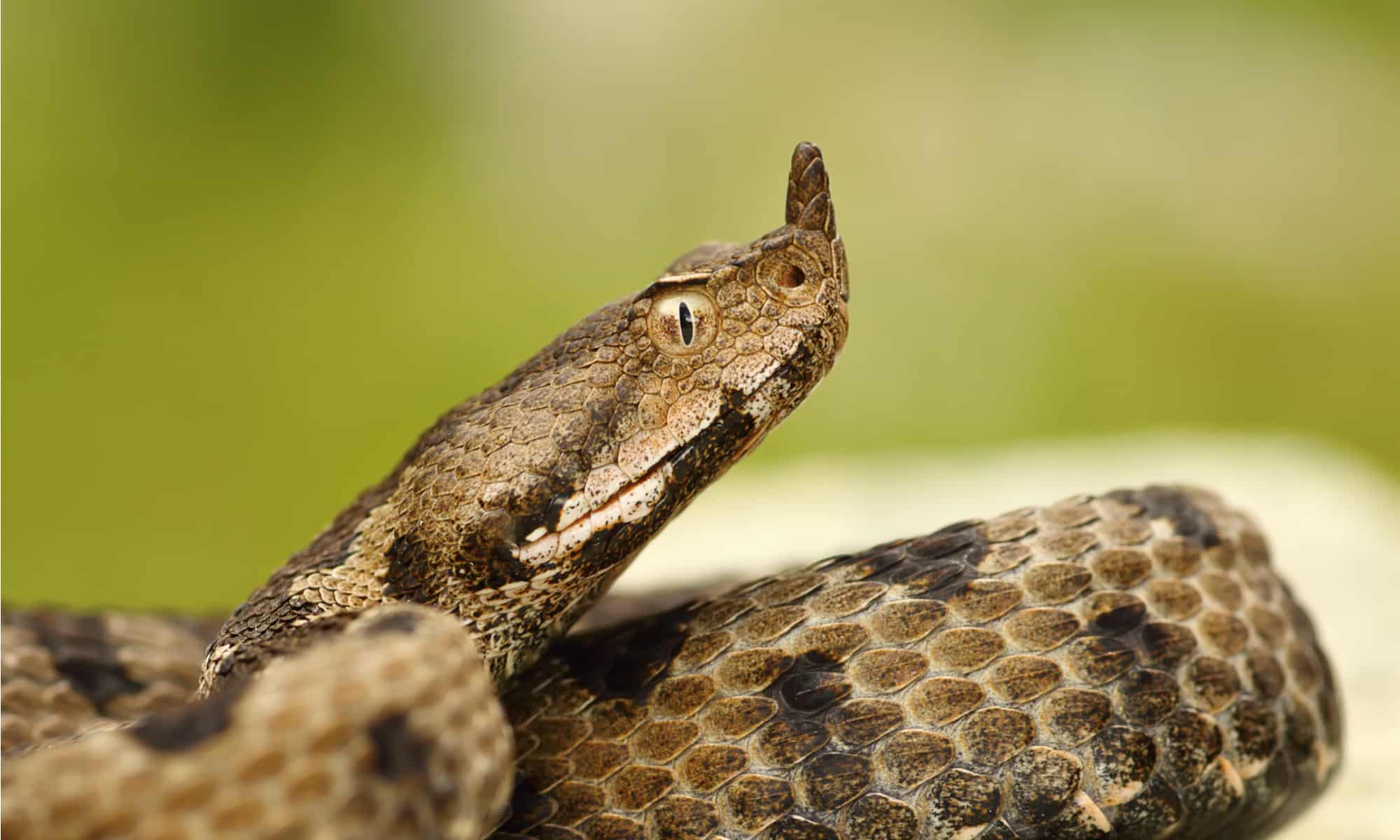
Albinism and leucism represent two distinct genetic conditions that can create snake specimens resembling the description of ghost snakes. Albino snakes completely lack melanin, resulting in red or pink eyes and skin that appears white, yellow, or pinkish depending on the underlying skin structure. Leucistic snakes, by contrast, have reduced pigmentation in all skin cells but typically retain normal eye coloration. Both conditions occur naturally in wild snake populations, though affected individuals often face survival challenges due to increased visibility to predators and potential issues with thermoregulation. The striking appearance of these snakes, combined with their rarity in the wild, makes them prime candidates for generating ghost snake reports when encountered unexpectedly.
Cultural Significance of White and Pale Snakes

White and pale-colored snakes hold profound cultural significance across numerous societies throughout history. In many East Asian cultures, particularly Chinese folklore, white snakes often represent wisdom, transformation, and immortality, featuring prominently in tales like “The Legend of the White Snake.” Native American traditions frequently view white serpents as powerful spiritual beings with connections to weather phenomena, particularly lightning and rain. In contrast, some European traditions associate pale serpents with ill omens or connections to the underworld. This widespread cultural significance demonstrates how unusual snake encounters become integrated into a society’s spiritual and mythological frameworks, often gaining supernatural attributes in the process of cultural transmission.
Documented Ghost Snake Sightings

While most ghost snake sightings remain anecdotal, several well-documented cases have attracted scientific attention. In 2007, wildlife officials in Florida received multiple reports of a large, pale serpent in the Everglades that was eventually captured and identified as an unusually light-colored Burmese python. Similarly, a 2019 report from the Appalachian region described a “transparent snake” that was later determined to be a eastern ratsnake with an extreme case of leucism. In more remote regions such as the Amazon Basin and parts of Southeast Asia, reports persist of unusual pale serpents that have evaded formal scientific documentation. The consistency in these descriptions across different geographic regions suggests observers are encountering something tangible, even if the supernatural elements are embellished.
Ghost Snakes in Popular Culture
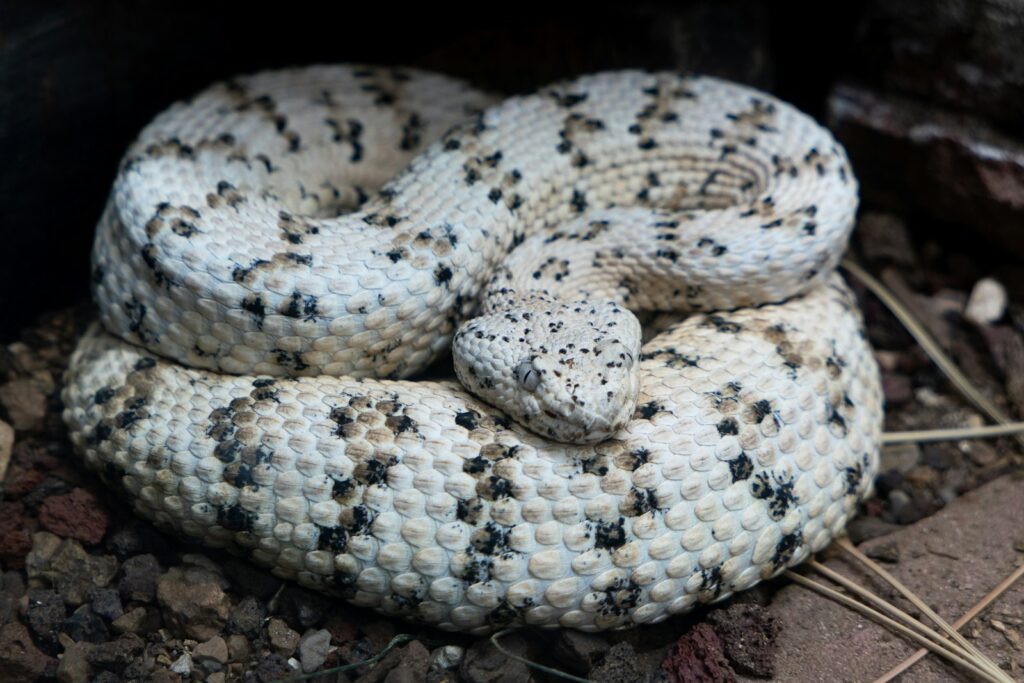
Ghost snakes have slithered their way into numerous aspects of popular culture, appearing in everything from horror films to video games. The 2006 horror film “Silent Hill” featured ghostly, pale serpents as manifestations of the protagonist’s fears. In the realm of gaming, titles like “Red Dead Redemption 2” included rare ghost snake encounters that players could discover in specific locations under certain conditions. Modern cryptozoology television shows frequently feature episodes dedicated to ghost snake investigations, particularly in regions with strong serpent folklore. This cultural fascination reflects humanity’s complex relationship with snakes—creatures that have inspired both reverence and fear throughout human history—and our tendency to project supernatural qualities onto animals that already possess mysterious or secretive behaviors.
Cryptozoological Perspectives on Ghost Snakes
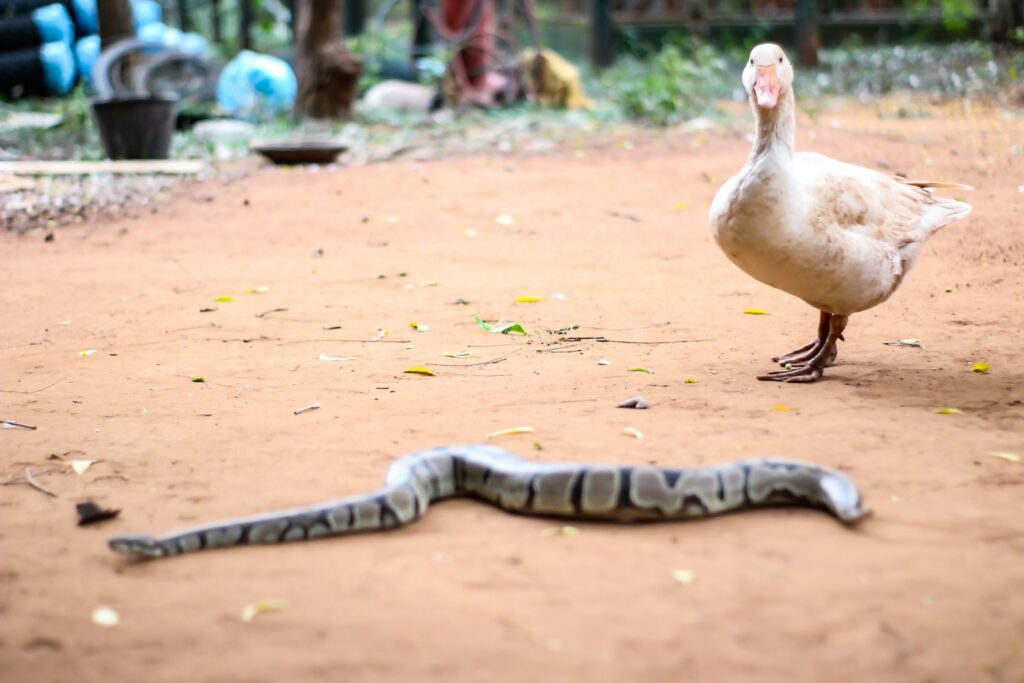
Cryptozoologists—researchers who study animals whose existence remains unproven—maintain varied perspectives on ghost snakes. Some view ghost snake reports as potentially representing undiscovered species, particularly in remote regions with high biodiversity like the Amazon or Southeast Asian rainforests. Others interpret these sightings as known species with unusual coloration that have been misidentified or embellished in retelling. More fringe elements within cryptozoology propose supernatural explanations, suggesting some ghost snakes might represent interdimensional creatures or spiritual manifestations. While mainstream science dismisses these latter theories, cryptozoologists argue that folklore often contains kernels of truth about real animals, pointing to creatures like the mountain gorilla and giant squid that were once considered mythical before scientific validation.
Habitat and Environmental Factors
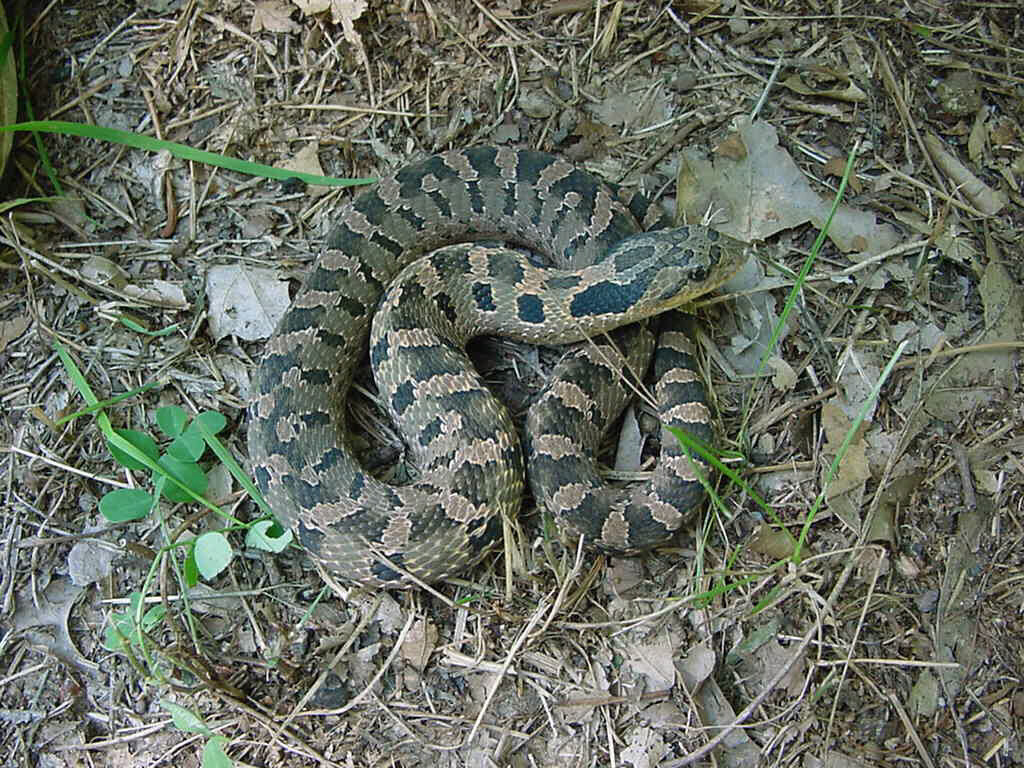
Reports of ghost snake sightings show interesting patterns regarding habitat preferences and environmental conditions. Limestone caves, foggy marshlands, and misty mountainous regions feature prominently in ghost snake accounts, suggesting environmental factors may contribute to both the appearance and perception of these creatures. The reflective qualities of snake scales can create an illusion of translucence or ghostliness when illuminated by moonlight or viewed through atmospheric conditions like fog or mist. Additionally, certain environments harbor snake species that have naturally evolved lighter coloration as camouflage, such as the desert-dwelling pale phases of many rattlesnake species. These natural adaptations, combined with specific lighting and atmospheric conditions, likely account for many supposedly supernatural snake encounters.
Distinguishing Between Myth and Misidentification
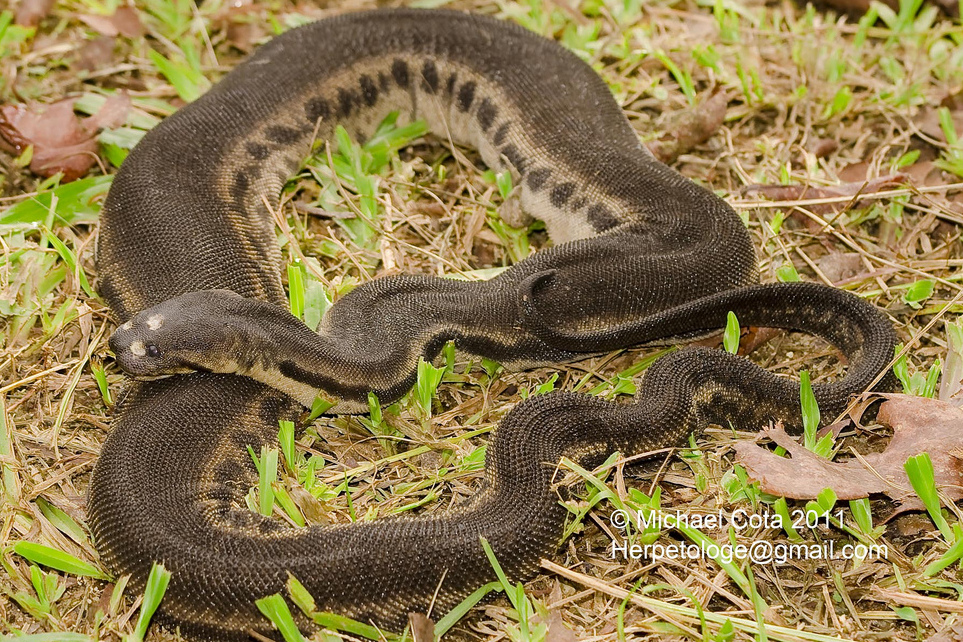
Wildlife biologists emphasize the importance of distinguishing between mythological elements and cases of misidentification when evaluating ghost snake reports. Common misidentifications include shed snake skins, which appear ghostly white and can retain the perfect impression of the original snake. Certain non-snake creatures like giant worms, eels, or even salamanders have been mistakenly reported as ghost snakes, particularly when glimpsed briefly in poor visibility conditions. In some cases, optical illusions created by water reflection or unusual lighting can make ordinary snakes appear transparent or luminescent. Scientists stress that while misidentifications explain many reports, this doesn’t invalidate the cultural importance of ghost snake legends or the possibility that some sightings represent genuinely unusual biological specimens.
Scientific Approach to Investigating Ghost Snake Claims
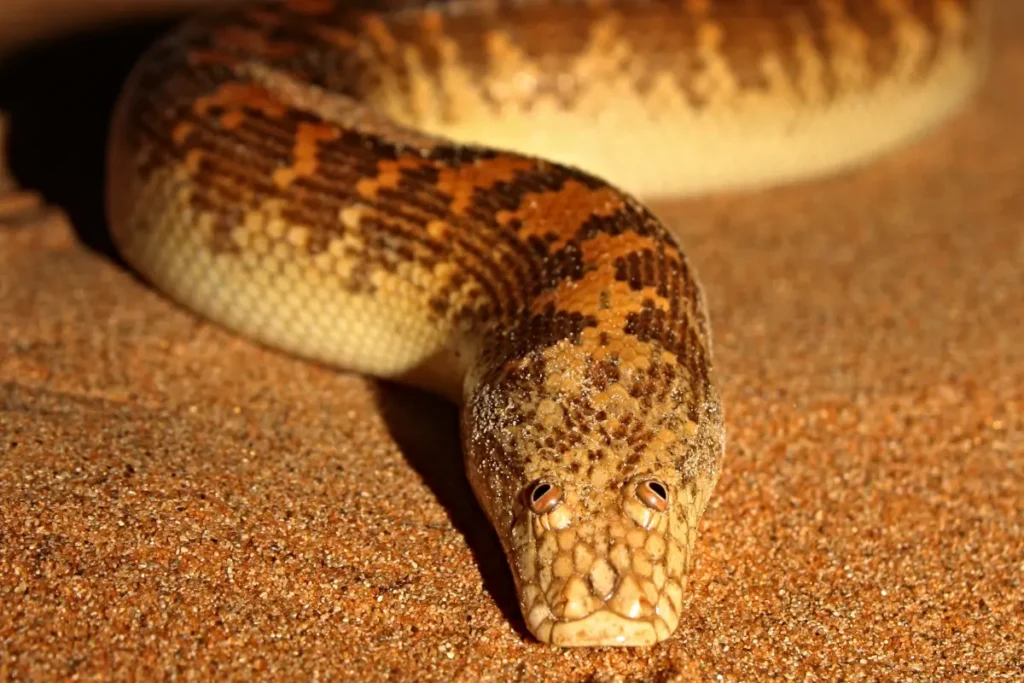
Herpetologists adopt systematic approaches when investigating ghost snake claims, beginning with careful documentation of witness testimony and environmental conditions during reported sightings. Field investigations often involve habitat assessments to identify which snake species naturally occur in the area and whether environmental conditions might support unusually colored specimens. Camera traps have proven valuable in regions with multiple sightings, occasionally capturing images of rare or unusually colored snakes. Genetic testing becomes essential when unusual specimens are found, helping determine whether they represent known species with genetic mutations or potentially new species altogether. This methodical approach has occasionally yielded surprising discoveries, demonstrating the value of scientifically investigating even seemingly implausible wildlife reports.
The Future of Ghost Snake Research
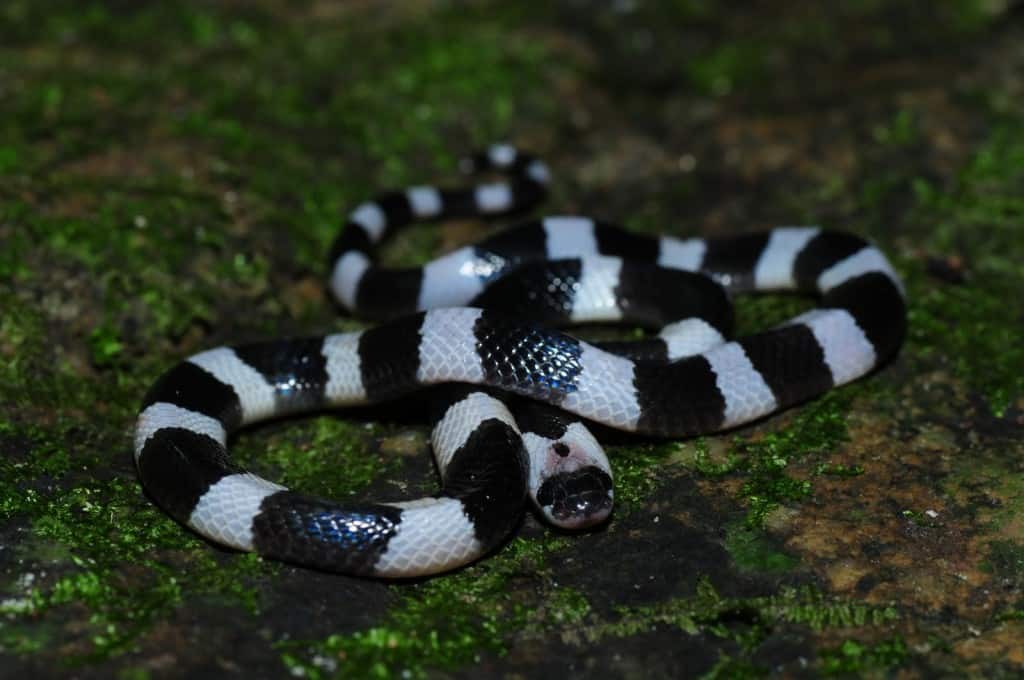
The intersection of modern technology and traditional ecological knowledge promises new insights into the ghost snake phenomenon. Environmental DNA (eDNA) sampling allows researchers to detect genetic material from snakes in water or soil samples without directly observing the animals, potentially revealing the presence of unusual or rare species. Citizen science initiatives that encourage smartphone documentation of unusual snake sightings have dramatically increased the data available to researchers, sometimes leading to unexpected discoveries. Indigenous knowledge systems, which often contain detailed observations about local wildlife passed down through generations, are increasingly being recognized as valuable sources of information about elusive creatures. As these approaches converge, our understanding of unusual snake phenomena will likely continue to expand, potentially resolving some long-standing ghost snake mysteries.
Conclusion: Between Science and Folklore
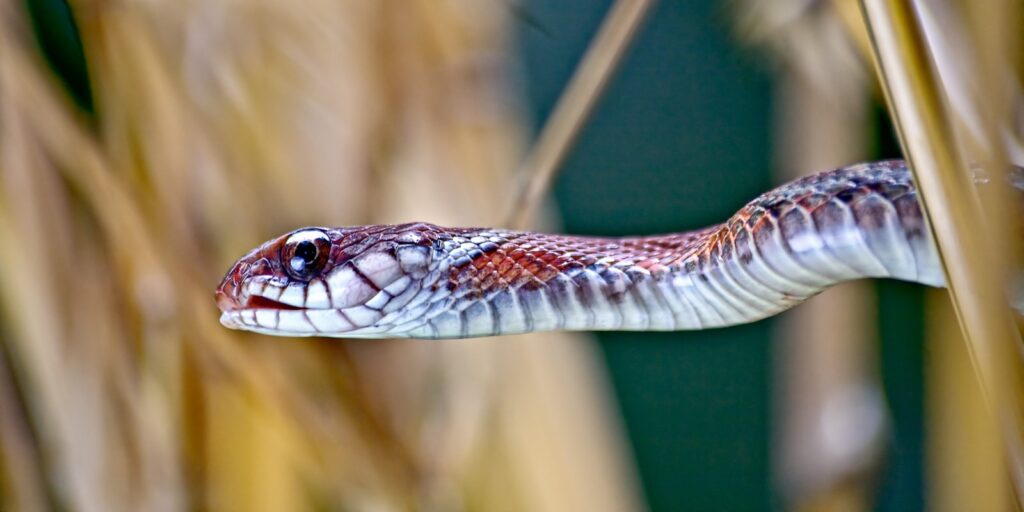
The ghost snake exists in a fascinating liminal space between biological reality and cultural mythology. While many reported sightings can be explained through documented biological phenomena like albinism, leucism, or the discovery of new species, the cultural significance of these creatures transcends scientific classification. The persistence of ghost snake legends across diverse cultures suggests these stories fulfill important roles in how humans make sense of the natural world and our place within it. Perhaps the most balanced conclusion is that ghost snakes, as described in supernatural terms, do not exist—yet the creatures that inspire these legends certainly do, whether as genetic anomalies, misidentified known species, or occasionally as genuine scientific discoveries awaiting formal documentation. In this way, ghost snakes remind us that the natural world continues to hold mysteries worthy of both scientific investigation and cultural celebration.





